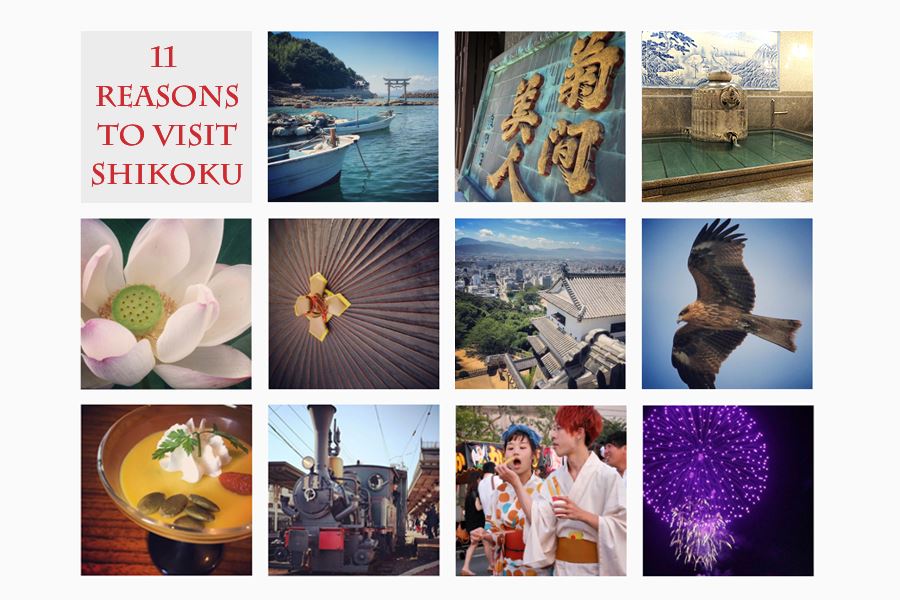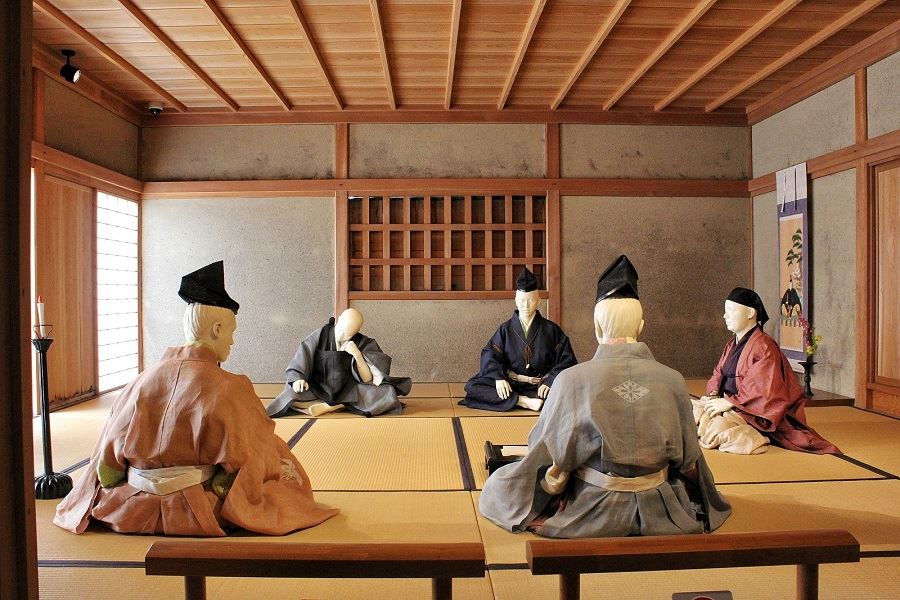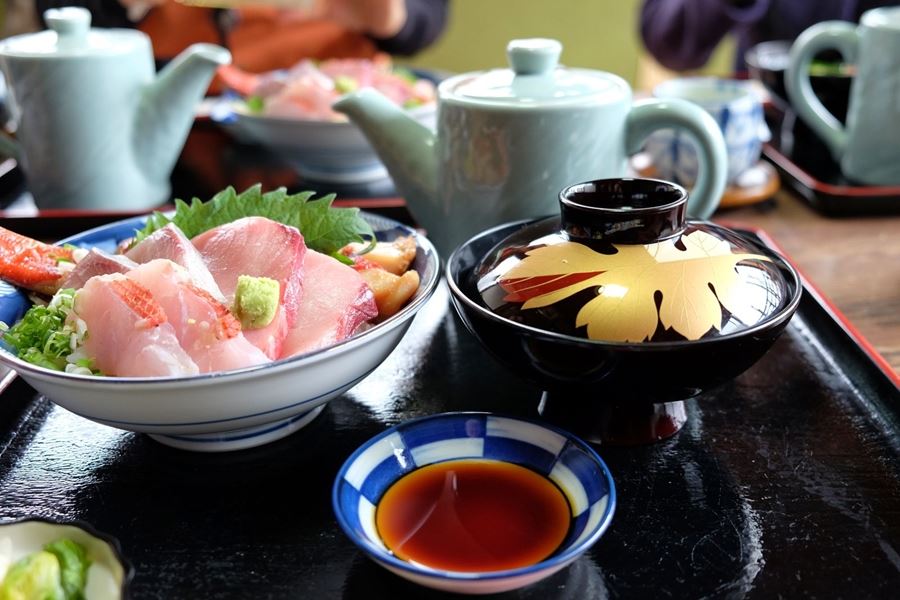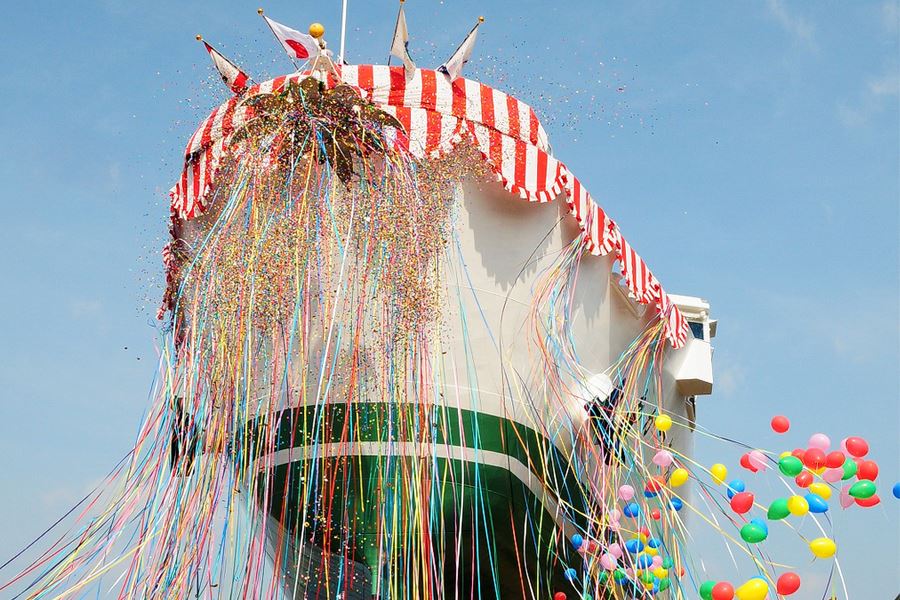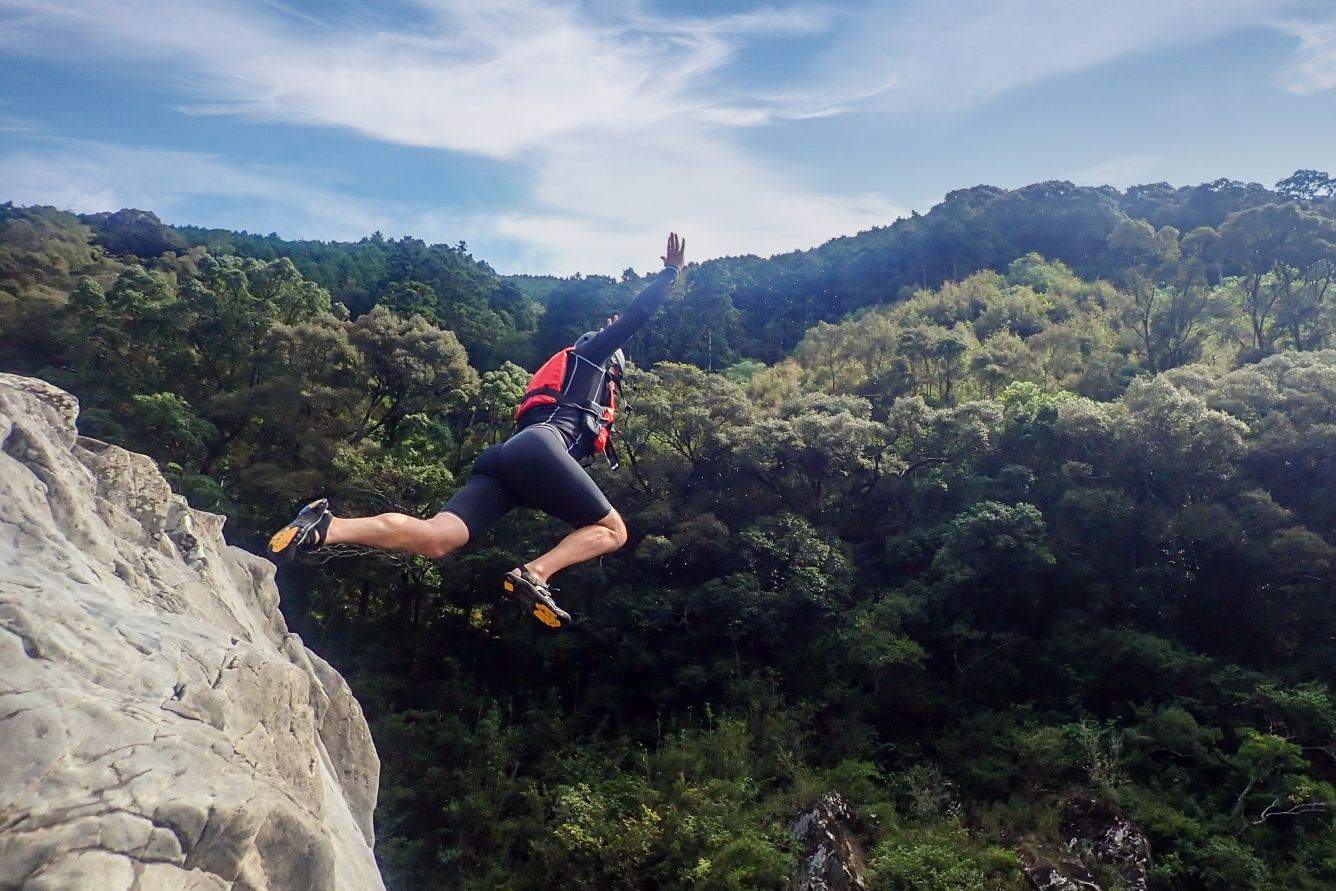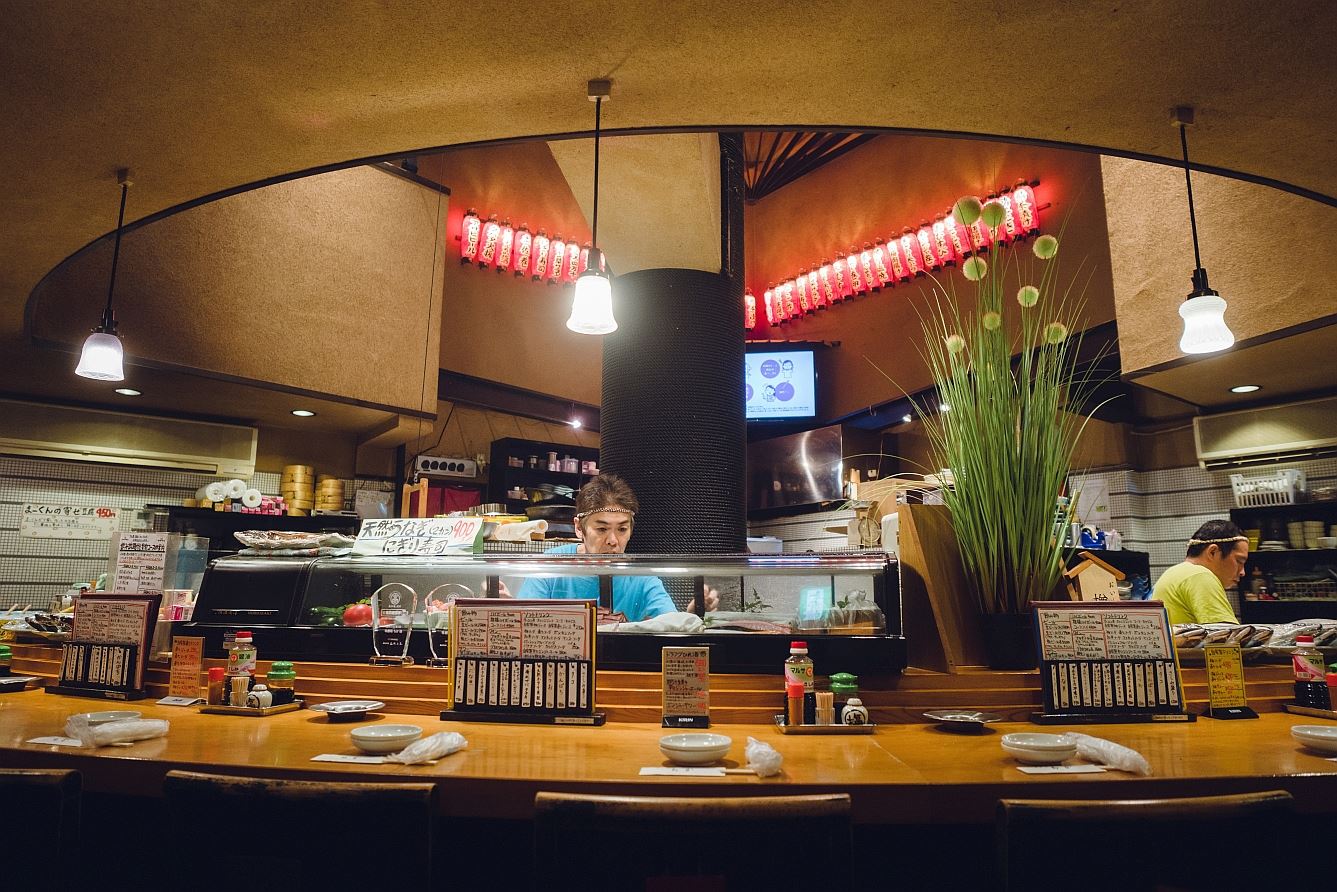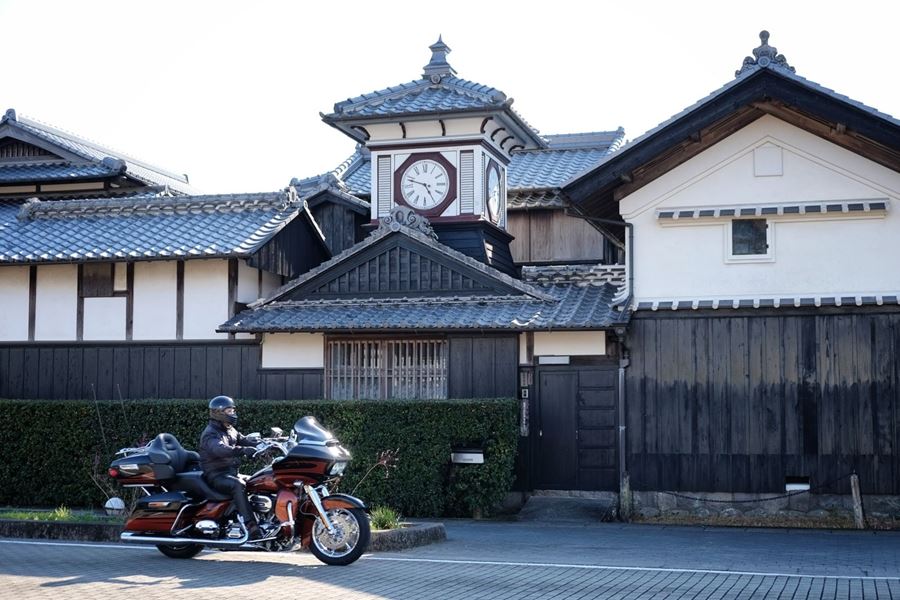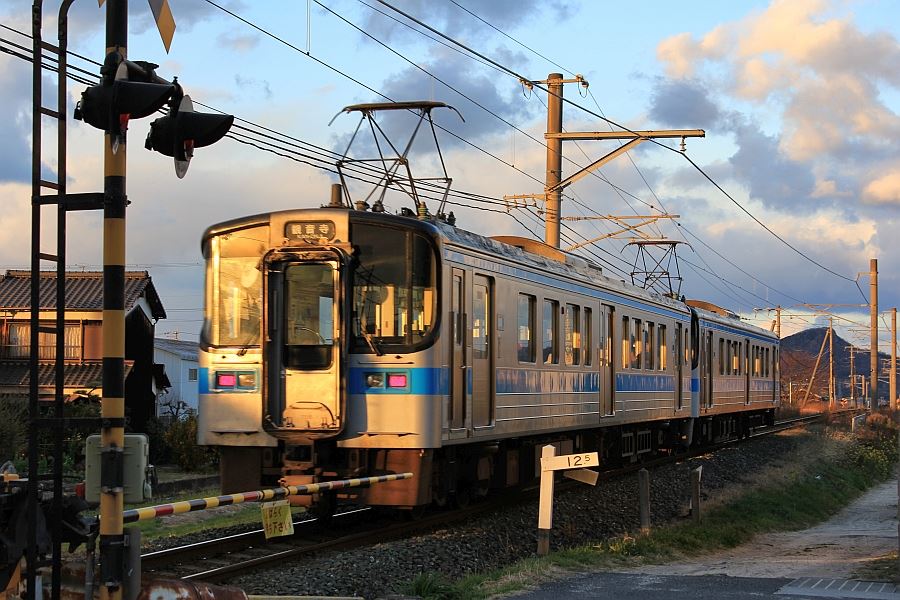Power spots in Shikoku
Home » Power spots in Shikoku
Power spots in Shikoku
As home to the Shikoku Pilgrimage, one of the few circular pilgrimages in the world, the island of Shikoku is itself one big power spot, which draws people from around the world to walk the pilgrim’s path between the 88 Buddhist pilgrimage temples. But this aside, there are many individual sites on Shikoku that are known as power spots.
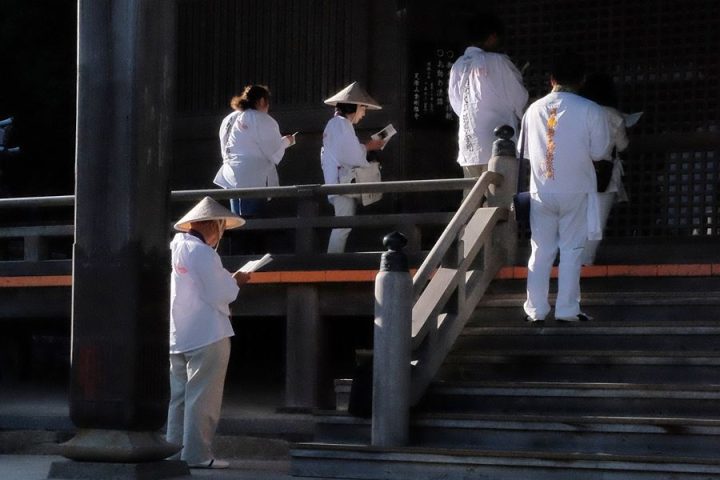
But what exactly is a power spot? The expression itself is Japanese-English. A power spot is essentially a place that refreshes the spirit and inspires feelings of awe. This can be subjective of course, but typically the places that are known as power spots share the quality of having a similar effect on everyone, however many times they visit. For me personally, sake breweries have that effect, but power spots are generally natural formations, or religious structures, or combinations of both. Shikoku has them in abundance.
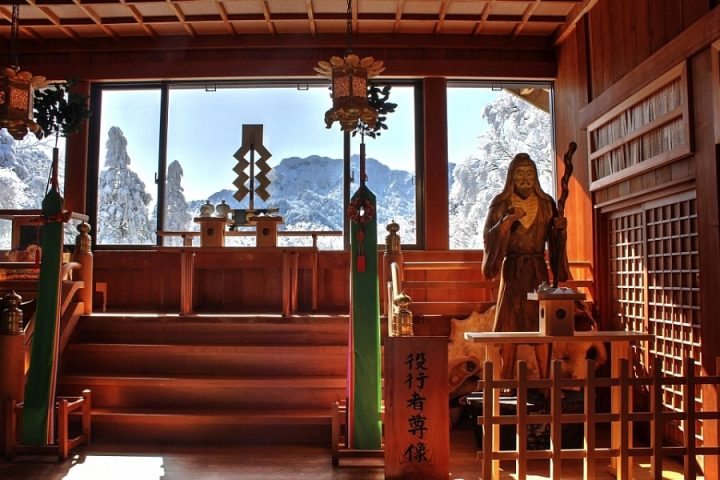
Let’s start our catalogue with the biggest ones. Mt. Ishizuchi in Ehime and Mt. Tsurugi in Tokushima are the highest and second highest mountains in West Japan. Ishizuchi means ‘stone hammer’, and Tsurugi means ‘sword’. (Are you feeling the power yet?) Both are the focus for the rituals of the Shugendo religion, a syncretism of Shinto and Buddhism that gave rise to the myth of the tengu, a red-faced, long-nosed, mountain-dwelling creature with wings and a very mercurial disposition. Mt. Tsurugi is rumoured to be the dwelling place of Japan’s version of the sword Excalibur, and even more impressively, the Ark of the Covenant no less. Disturbingly, much circumstantial evidence suggests this might actually be true. Excavations early last century turned up mummies and secret tunnels in the mountain.
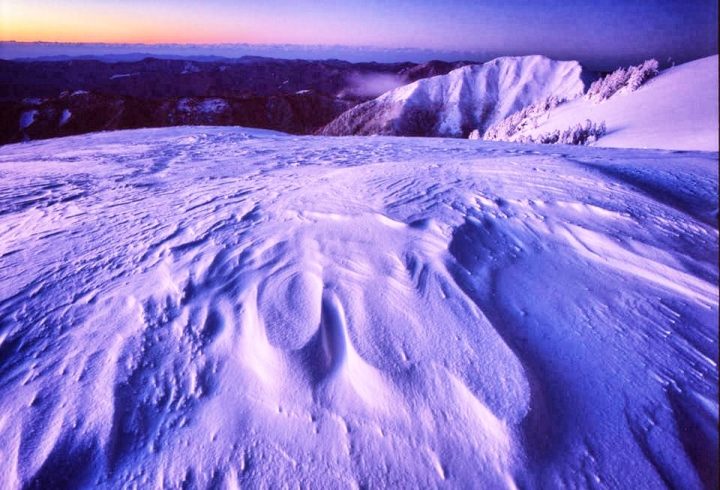
Here we have the essence of Shikoku power spots – some natural splendour, ancient religion still practiced today, archaeology, myth and legend, and cryptozoology. Although tengu don’t really count as cryptozoology, the terrifying giant snakes that have been reported on Mt. Tsurugi certainly do (Don’t worry, they haven’t eaten anyone. Yet.).
Mt. Tsurugi is a natural site with seemingly human-created archaeological remains within. On a smaller scale but more mysterious perhaps is Tojindaba in Kagawa.
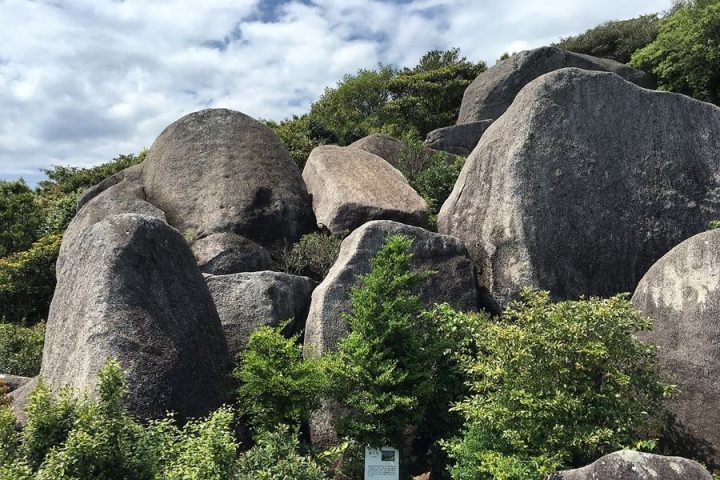
Tojindaba is a prehistoric megalithic site located on a hill above Cape Ashizuri. This mysterious and impressive group of massive stones dates from the Jomon period, from about 12,000 BC to about 300 BC, when the Japanese were hunter-gatherers with a relativity complex culture. The site comprises a flat henge area that was unfortunately bulldozed flat before any excavation could be performed. From here you can see clumps of huge stones on a hillside. The henge area has a few boulders remaining. From here it’s a short walk up the hill to megaliths. The magnetic orientation of these vast stones indicate that they were moved at some stage, but whether this occurred through glaciation or by human effort isn’t known. The rocks, which have interesting natural veins, also show signs of having been shaped by humans. Some of them seem to be arranged in circles, hence the site is also called a ‘stone circle’. Whatever the history of the stones, it’s very exciting to clamber over and among such enormous boulders, located as they are with a stunning view over the coast and ocean, under an expansive sky.
Not far away is Usubae Cove, a place of great scenic and human interest where the mystical power can be felt again. This dramatically picturesque cove is accessed through a forest of coastal trees that have been swept into flattened, tortured shapes by the incessant wind. When you emerge from the tunnel formed by the trees, you find yourself in a natural amphitheatre of rocks, whose layers have been thrown on their sides by crustal action, then eroded by the sea. In the centre of the scene is an outcrop higher than the rest, topped with a red shrine and torii gate.
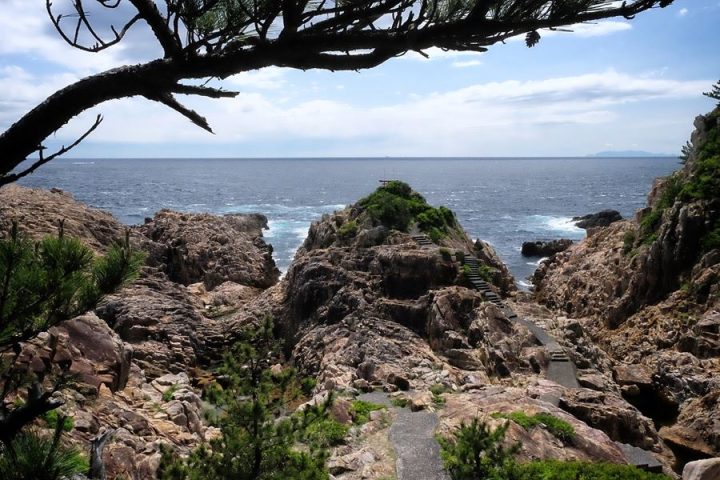
From the cove, you can actually see the Kuroshio Current, a stream of warm water that flows from the Philippines up the south coast of Japan, bringing nutrients and concentrations of marine life. The current is visibly darker than the surrounding water, hence its name, ‘the black current’. You can see the darker water, and watch how it flows when it hits the rocks beyond the cove and creates a wake behind them. Since the path of the Kuroshio varies every day, it may appear closer to the shore or further away.
The natural and geological features of the cove tell nothing of the divine and human aspect of the site. The deity worshiped here is Benzaiten, the only female member of the Seven Gods of Fortune, about whom orgiastic tales have been spun by vulgarians. Until fairly recently, the female relatives of fishermen would gather at the shrine to drink, feast, and pray for a good catch. As culmination of the prayer, they would face the sea and ‘open the kimono’ seductively, promising something more explicit in return for an abundant haul. If the wish was granted, they would reciprocate with another party by the shrine, ending in a full show.
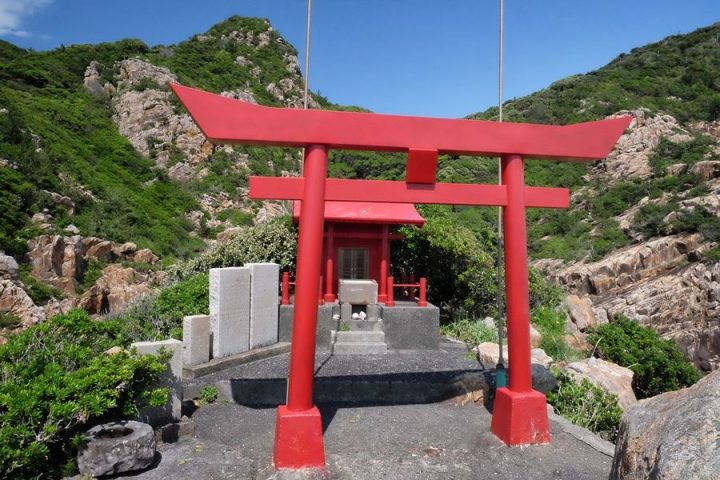
The dynamic scenery of rocky uplift and crashing waves, combined with an unusual human history, make this a fascinating and memorable place to visit.
Although some of the archaeology of Shikoku is mysterious and open to question, its kofun or ancient burial mounds are relatively well understood. A prehistoric burial site has been excavated in Ehime at Mikawa (beautiful river). You can see the unearthed ancestor’s skeleton in a strange little museum. More recent but still ancient stone long barrows and tumuli overlook the Inland Sea in many places. Often you can find bats inside.
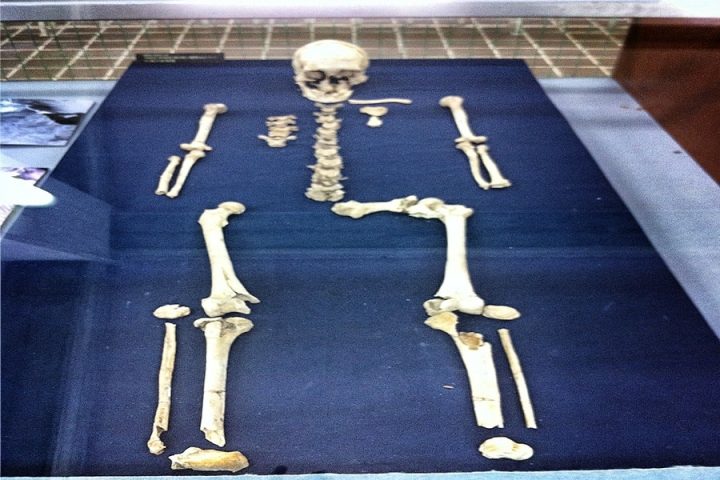
Kofun and tumuli are wonderful to stoop or crawl inside and feel the chill and damp of the grave. But if you want to get right into the belly of the earth, you can’t beat a cave. Shikoku has caves too. Natural caves include the Ana Kami Shonyudo or God Hole Limestone Cave in Seiyo, Ehime, the Ryugado Caves near Kochi city, and the Great Cave of Onigashima Island in the Seto Inland Sea in Kagawa. The creepy tunnels in the grounds of Ishite-ji, a pilgrimage temple in Matsuyama almost count as caves. You can experience awe with just a touch of fear in any of these underground spaces.
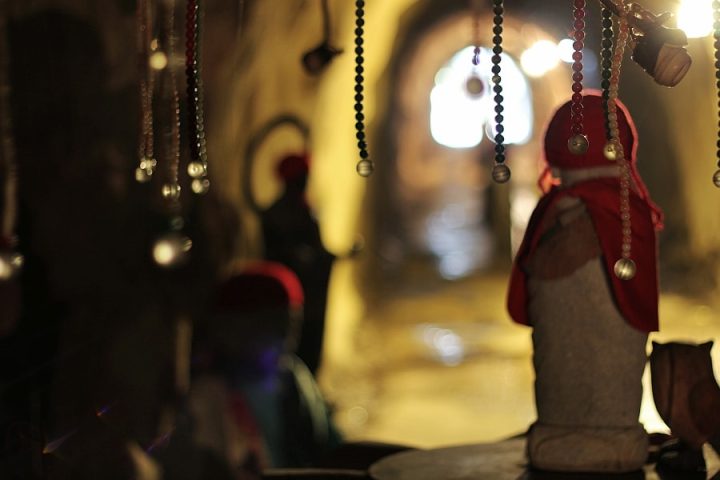
Talking of fear, the numerous mythical monsters of Oboke-Koboke (big danger, little danger) are thought to have been conjured into being to frighten people away from places of actual physical danger such as precipices and raging rivers. The various representations of these monsters that can be seen in the area convey a strange power of their own.
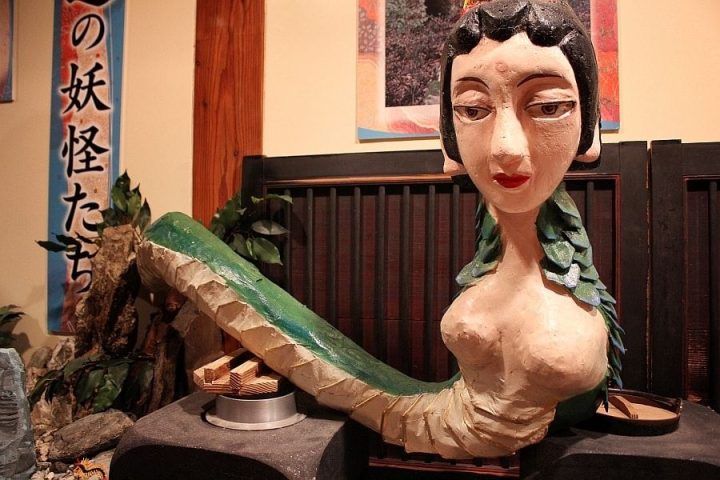
People who like playing with maps and rulers say that all of these power spots are aligned in some sort of power grid. These alignments have been described as ley lines, and have been studied as part of geomancy or feng shui. But whether you take the myths, legends, rumours and speculation seriously or not, the impressive and atmospheric power spots of Shikoku are sure to deliver a lasting impression. We at Shikoku Tours relish this kind of thing, and we can make you a tour that you won’t soon forget.
Related Tours

Experience the most beautiful and interesting temples of the Shikoku Pilgrimage in seven days.

A tour for families or friends, staying in the most characterful kominka and ryokan of Shikoku.

Visit the most beautiful and interesting temples of the Shikoku Pilgrimage and walk the toughest trails.

